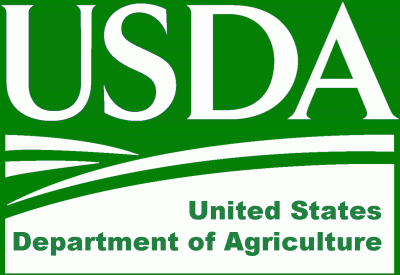JAKARTA – Poor weather has lowered marketing year (MY) 2013/14 coffee production in Indonesia from MY 2012/13 levels, says the latest report rom USDA Foreigh Agricultural Service. Lower production and strong domestic prices are shrinking stocks, minimizing domestic consumption growth, and slowing exports.
Indonesian coffee industry stakeholders (farmers, exporters and roasters) report that the May- October 2013 harvest shrunk following poor weather conditions.
Stakeholders confirmed that dry weather diminished flowering, while excessive rain during fruiting reduced yields further.
While poor weather drove down overall production, earlier “fly harvest” production (harvested in Jan-March for Robusta and March-May for Arabica) was large enough that Post revised MY 2013/14 production up slightly from 9.165 to 9.5 million bags of coffee. MY 2011/12 and 2012/13 remain unchanged.
Consumption
Post revises MY 2013/14 consumption from 2.58 million bags to 2.5. The decline is attributable to lower coffee bean availability.
Decreased production combined with existing foreign demand for Indonesian coffee is expected to limit supply to domestic users. Note that annual domestic consumption continues to increase, largely due to Indonesia’s growing middle class and its expanding market basket.
Indonesia’s principal coffee consumers are roasters/grinders and coffee shops.
There are two types of roasters/grinders:
- Commodity roasters/grinders: Commodity roasters process any type of coffee beans, Robusta in particular, to produce cheap/affordable roasted coffee beans. Indonesian commodity roasters include Santos Jaya Abadi, Nestle Indonesia, Mayora, Aneka Coffee Industry, and Sari Incofood Corporation.
- Specialty roasters/grinders: Specialty roasters typically operate small businesses, producing single origin coffees from areas such as Toraja and Kalosi in Sulawesi, Kintamani in Bali, Flores Bajawa and Baliem valley in Eastern Indonesia, and Sumatran coffee such as Gayo, Sidikalang, and Lintong. These products are typically categorized as high-value, premium products. According to industry contacts, specialty coffee consumption in Indonesia is almost non-existent, registering a limited 0.25 percent of total Indonesian coffee consumption. Indonesia’s specialty coffee industry produces about 65,000 MT annually, nearly all of which goes to the export market.
Indonesian coffee shops can be classified into two groups:
- Large Retail Chains. This category is made up of coffee shops that manage outlets in several big cities. They include Starbucks, The Coffee Bean and Tea Leaf, and local brand Excelso. Starbucks operates 147 outlets in 12 cities, and Excelso operates more than a hundred outlets in 28 cities. The Coffee Bean and Tea Leaf manages 50 outlets in several cities in Indonesia. Starbucks and The Coffee Bean procure green beans from their U.S. facilities while Excelso procures green beans locally from its mother company Jaya Santos Abadi.
- Local coffee shops. Local coffee shops are small businesses with outlets typically limited to one or two cities in Indonesia. They procure green beans from both local specialty and commodity coffee roasters.
Trade
Indonesian coffee exports are estimated to decrease to 7.8 million bags (12 percent) in MY 2013/2014. This is attributable to lower production and consistent domestic consumption growth.
Stagnant world coffee prices are also triggering exporters to turn to the local market, which is offering competitive prices.
Current domestic Robusta and Arabica coffee prices stand at US$ 2 and US$ 5 per kilogram, respectively, compared to International prices which stand between US$ 1.50 for Robusta and US$ 2.50 for Arabica.
Although Indonesia is a net coffee exporter, there is a market for imported beans, mostly used for blending by commodity roasters. Indonesian coffee imports declined over the last two years following record production in 2012/13 (tying with 2008/2009 as an all-time high). Importers cite high international prices and sufficient local supply as the key reasons for using local beans in place of imported coffee.
As a result, 2012/13 imports fell to 825 thousand bags from 1.5 million in 2011/12. Exports are expected to fall to 750 thousand bags in 2013/14.
Stocks
The combination of decreased production and higher domestic consumption is expected to result in lower coffee stocks at the end of MY 2013/2014. Post estimates that coffee ending stocks will drop from 98,000 bags in MY 2012/2013 to 48,000 bags in MY 2013/3014.
















